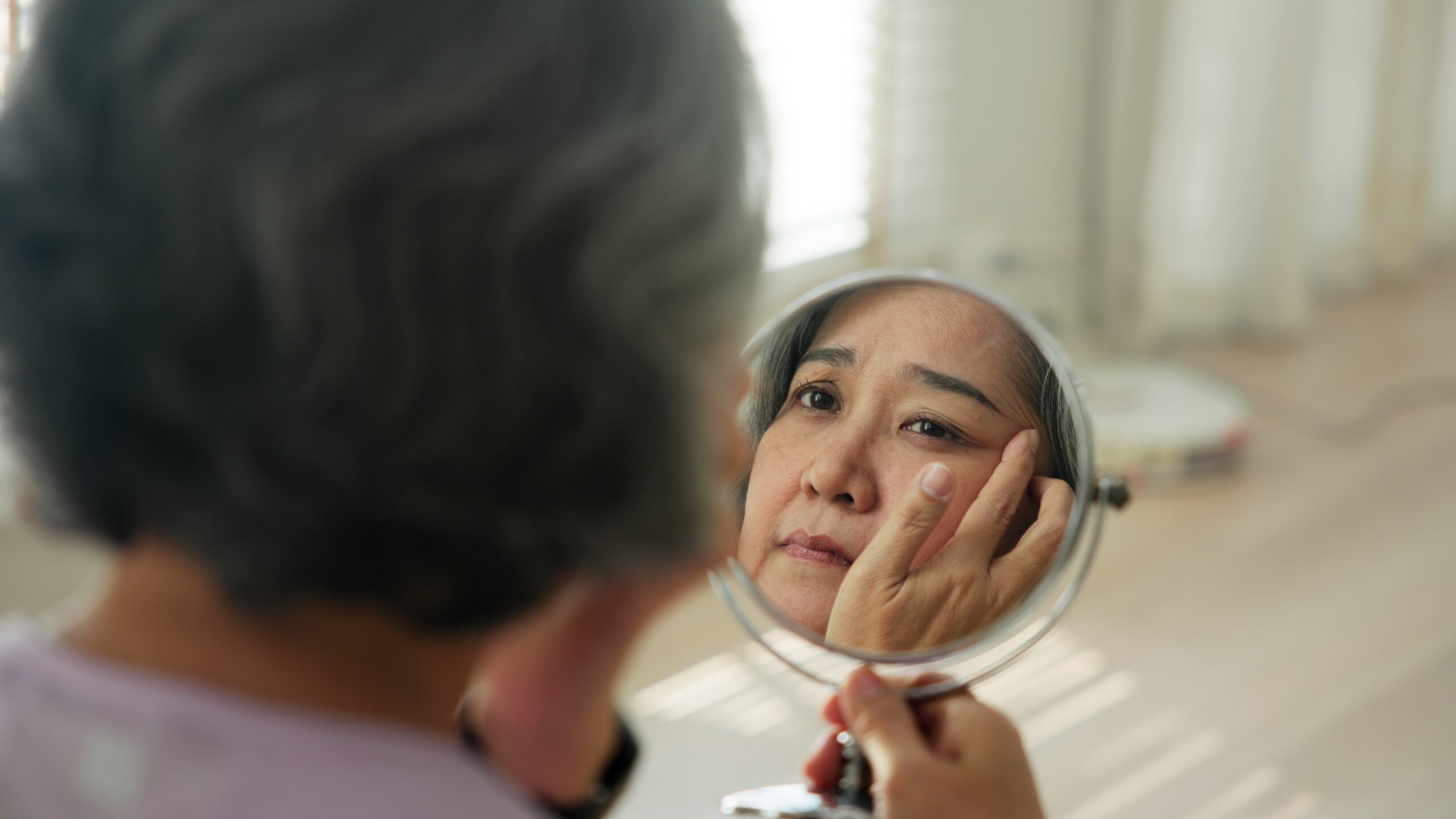A systematic review reveals menopause’s profound impact on skin conditions, urging women and clinicians to rethink treatment strategies.
Quick Take
- Menopause significantly impacts skin health, affecting conditions like alopecia and psoriasis.
- Decline in estrogen leads to loss of skin collagen, thickness, and elasticity.
- Hormone Replacement Therapy (HRT) shows potential benefits but carries risks.
- New therapies like SERMs and phytoestrogens offer promising alternatives.
Estrogen’s Role in Skin Health
Estrogen plays a crucial role in maintaining skin health by promoting collagen production, elasticity, and hydration. With the onset of menopause, the natural decline in estrogen levels leads to a decrease in skin collagen by up to 30% in the first five years. This reduction results in increased skin dryness, thinning, and the appearance of wrinkles, significantly impacting women’s quality of life and self-esteem.
The discovery of estrogen receptors in skin tissue established a clear link between hormonal changes and dermatological health. Postmenopausal women often experience a rapid decline in skin thickness and elasticity, correlating directly with estrogen loss. This understanding has fueled research into effective treatments, including hormone replacement therapies (HRT) and alternative options such as selective estrogen receptor modulators (SERMs) and phytoestrogens.
Scientists uncovered how a wide range of hormones influence skin aging, opening the door to new anti aging treatments.
Traditionally, retinoids and estrogen have been used to combat wrinkles and menopause related changes, but new research highlights many more hormones involved… pic.twitter.com/gKHfwbArK4
— Dr Singularity (@Dr_Singularity) August 21, 2025
Impact of Menopause on Specific Skin Conditions
Menopause exacerbates several skin conditions like alopecia and psoriasis, while others like acne may improve. Alopecia and psoriasis worsen due to hormonal shifts, requiring targeted therapies to manage their symptoms. Recent systematic reviews have highlighted menopause’s impact on these conditions, prompting calls for more research into both systemic and topical hormone therapies.
Experts emphasize the need for clinicians to recognize these hormone-driven skin changes and tailor treatment strategies accordingly. The rise in phytoestrogens and SERMs offers new hope for women seeking non-systemic treatments, although these options require further study to fully understand their efficacy and long-term safety.
Watch: Navigating the Transition: Understanding Perimenopause and Menopause
Therapeutic Options and Future Directions
While HRT can partially reverse some skin changes, its use remains controversial due to potential systemic risks. The introduction of newer agents like SERMs and phytoestrogens shows promise, offering alternatives that may mitigate some of these risks. These therapies focus on improving skin health without the side effects associated with systemic hormone treatments.
The ongoing debate about the optimal use of HRT and emerging therapies highlights the need for individualized treatment plans. As research continues to evolve, the future of menopausal skincare looks promising, with potential for improved quality of life for millions of women experiencing these changes.
Sources:
Estrogen’s Role in Skin Health
Impact of Menopause on Specific Skin Conditions
Therapeutic Options and Future Directions
Current Developments in Menopause and Skin Health














